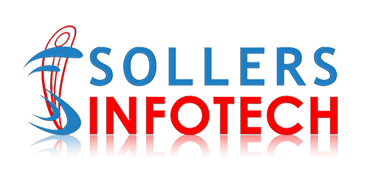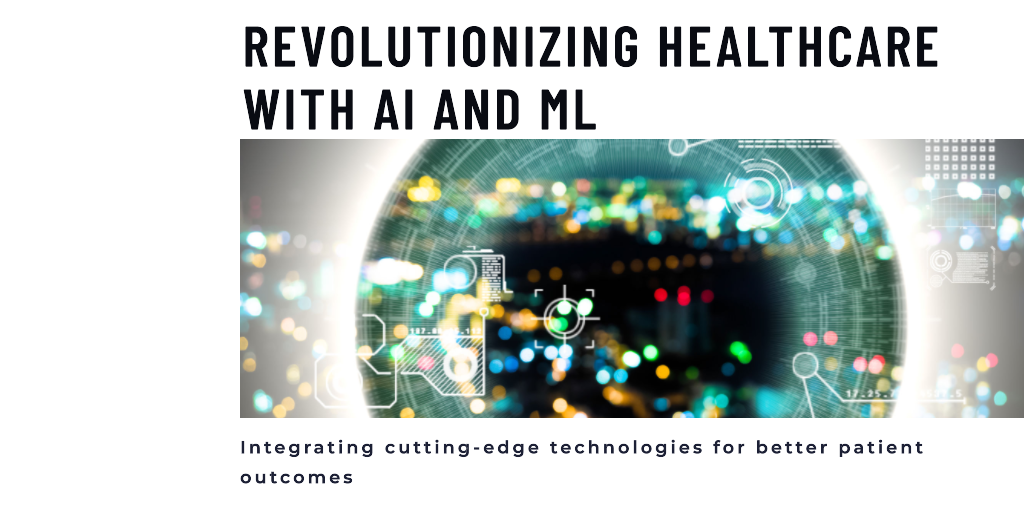Enhancing Healthcare Software with AI and ML: A Seamless Integration Guide
In the fast-paced world of healthcare, staying at the forefront of technological advancements is crucial. Artificial Intelligence (AI) and Machine Learning (ML) are two such technologies making waves in the industry. If you’re looking to bolster your existing healthcare software, integrating AI and ML is a game-changing strategy. In this article, we’ll explore the process, benefits, and steps to integrate AI and ML into your healthcare software.
Why Integrate AI and ML into Healthcare Software?
- Enhanced Diagnostic Accuracy: AI and ML algorithms can analyze vast amounts of medical data, helping healthcare professionals make more accurate diagnoses and treatment recommendations.
- Efficiency: Automation through AI and ML streamlines administrative tasks, reduces paperwork, and improves the overall efficiency of healthcare operations.
- Personalized Care: AI-driven algorithms can tailor treatment plans to individual patient needs, ensuring more effective and personalized care.
- Data Security: Advanced AI can strengthen data security, protecting patient records from cyber threats and breaches.
Steps to Integrate AI and ML into Healthcare Software:
- Identify Use Cases: Determine the specific areas within your healthcare software where AI and ML can provide the most value. This could include diagnostics, predictive analytics, patient monitoring, or administrative tasks.
- Select Appropriate Algorithms: Choose AI and ML algorithms that align with your identified use cases. Consider the complexity of your healthcare data and the desired outcomes.
- Data Preparation: Ensure that your healthcare data is clean, organized, and structured. High-quality data is essential for training accurate AI and ML models.
- Model Training: Train your selected algorithms using historical healthcare data. This step allows the models to learn and make predictions based on patterns in the data.
- Integration: Integrate the trained AI and ML models into your existing healthcare software infrastructure. This may involve working with software developers and IT specialists.
- Testing and Validation: Thoroughly test the integrated AI and ML components to ensure they function as intended and provide accurate results.
- Compliance and Regulations: Ensure that your integrated software complies with healthcare regulations and maintains patient data privacy.
- Training and Adoption: Train healthcare staff to use the enhanced software effectively and encourage adoption throughout your organization.
Benefits of Integrating AI and ML:
- Improved Patient Care: AI and ML can lead to more accurate diagnoses, personalized treatment plans, and better patient outcomes.
- Efficiency: Streamlined processes and automation reduce administrative burdens, freeing up healthcare professionals to focus on patient care.
- Cost Savings: By optimizing operations and reducing errors, AI and ML can lead to significant cost savings over time.
- Data-Driven Insights: AI and ML provide valuable insights from healthcare data, enabling better decision-making and strategic planning.
Conclusion:
Integrating AI and ML into your existing healthcare software is a strategic move that can enhance patient care, improve efficiency, and keep your healthcare institution at the forefront of innovation. By following the steps outlined above, you can harness the power of these technologies to deliver higher quality healthcare services and ensure better outcomes for both patients and healthcare professionals. Upgrade your healthcare software today and embrace the future of healthcare technology.




